Five Disney films that have aged the worst
In the wake of Disneyland’s Snow White controversy, here are five more animated Disney classics that haven’t aged well
This week, Disney’s animated classic Snow White became the subject of a heated public debate around consent, stemming from the scene where the Prince kisses Snow White while she’s sleeping.
To recap, the controversy arose from a Disneyland review on the website SFGate, in which the reviewers discuss the recently revamped ride Snow White’s Enchanted Wish. Mimicking the animated classic, the ride ends with the animatronic princess being kissed by her prince as she sleeps to awaken her from her poisoned slumber.
In the review, titled “Disneyland’s new Snow White ride adds magic, but also a new problem”, writers Katie Dowd and Julie Tremaine suggested that the kiss was unacceptable and should have been removed from the ride.
“A kiss he gives to her without her consent, while she’s asleep, which cannot possibly be true love if only one person knows it’s happening,” the review reads.
While many pushed back, arguing that the issue was being blown out of proportion via social media, others pointed out that Snow White does not consent to the kiss in the scene and that it is important to educate children about consent from a young age.
With Snow White and a discussion around consent in the background, here are five more animated Disney classics that arguably haven’t aged well in 2021.
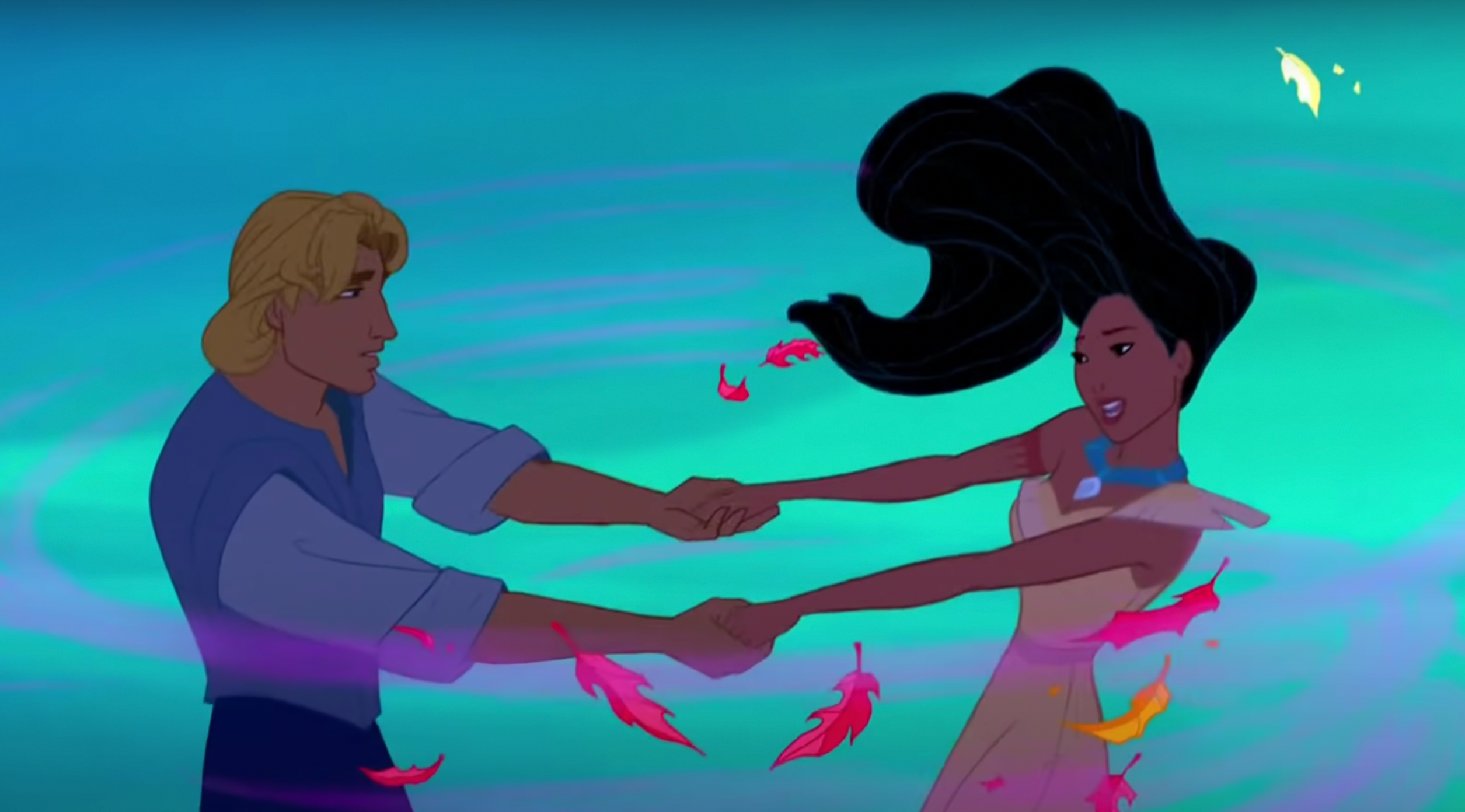
5. Pocahontas (1995)
Though it was Disney's first film based on real history, Pocahontas takes extreme liberties around how the way early US settlers interacted with the Native American community. While Disney wished to depict a love story between its Native American heroine (Pocahontas), who teaches settler (and eventual love interest) John Smith to appreciate the Earth's natural gifts, it outright ignored both history and the brutal atrocities committed against Native Americans by colonisers.
The real Pocahontas was actually about 12 to 13 years old at the time (as opposed to 18 or 19 in Disney's version) and held for ransom by Colonists in 1613. She later married John Rolfe (not Smith), and some historians believe she was forced into the union. After getting married, she was presented to English society as an example of the “civilised savage” in order to generate investment in the newly established Jamestown and later at the age of 20 or 21 on her way back to Virginia.
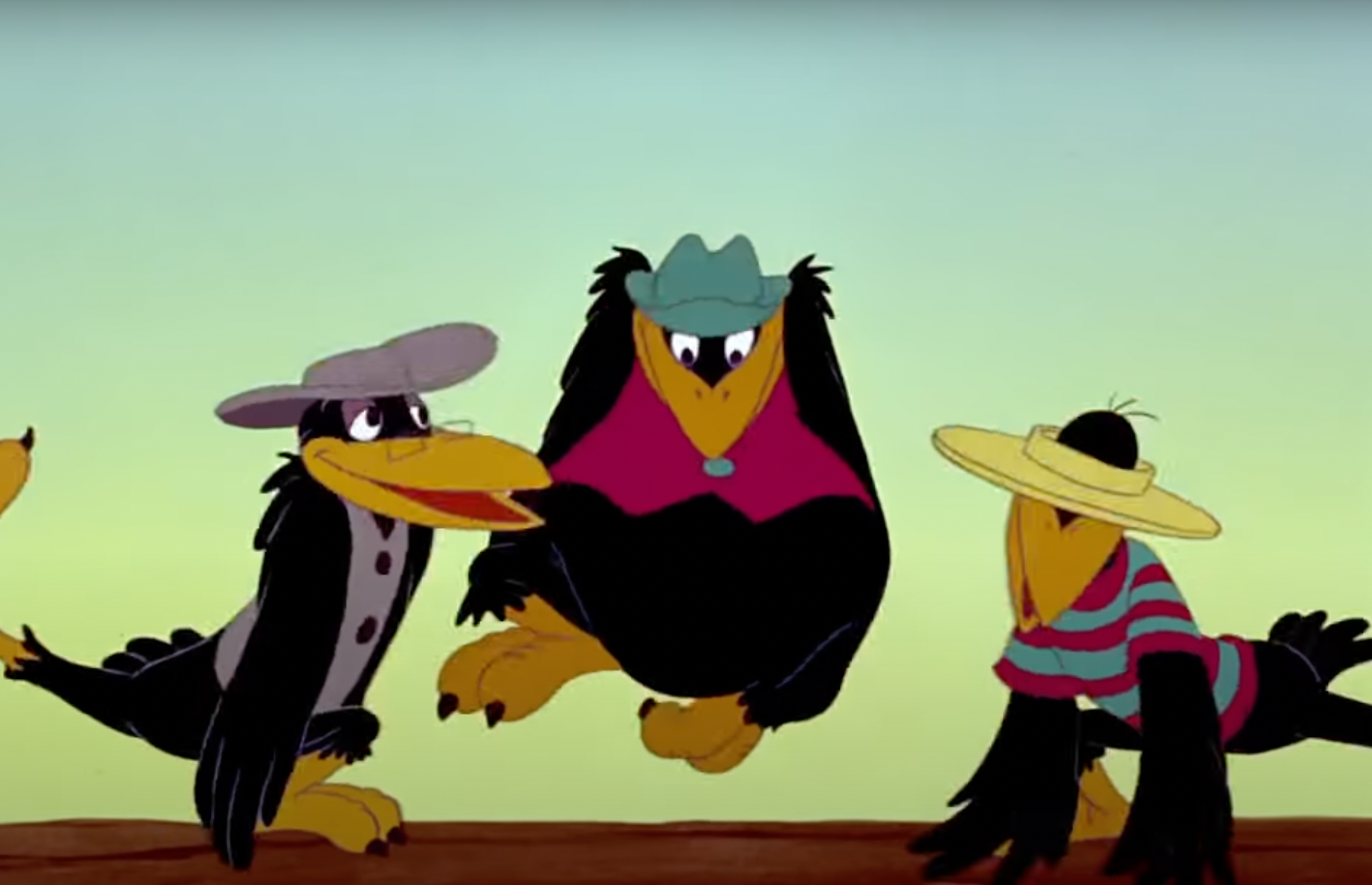
4. Dumbo (1941)
While ostensibly a story about a young circus elephant who learns to fly, Dumbo prominently features a chorus of Black cartoon crows, which critics have argued portray minstrel-show stereotypes for decades. Not to mention that the name of their leader is literally “Jim Crow”.

Watch Apple TV+ free for 7 day
New subscribers only. £9.99/mo. after free trial. Plan auto-renews until cancelled.
ADVERTISEMENT. If you sign up to this service we will earn commission. This revenue helps to fund journalism across The Independent.

Watch Apple TV+ free for 7 day
New subscribers only. £9.99/mo. after free trial. Plan auto-renews until cancelled.
ADVERTISEMENT. If you sign up to this service we will earn commission. This revenue helps to fund journalism across The Independent.
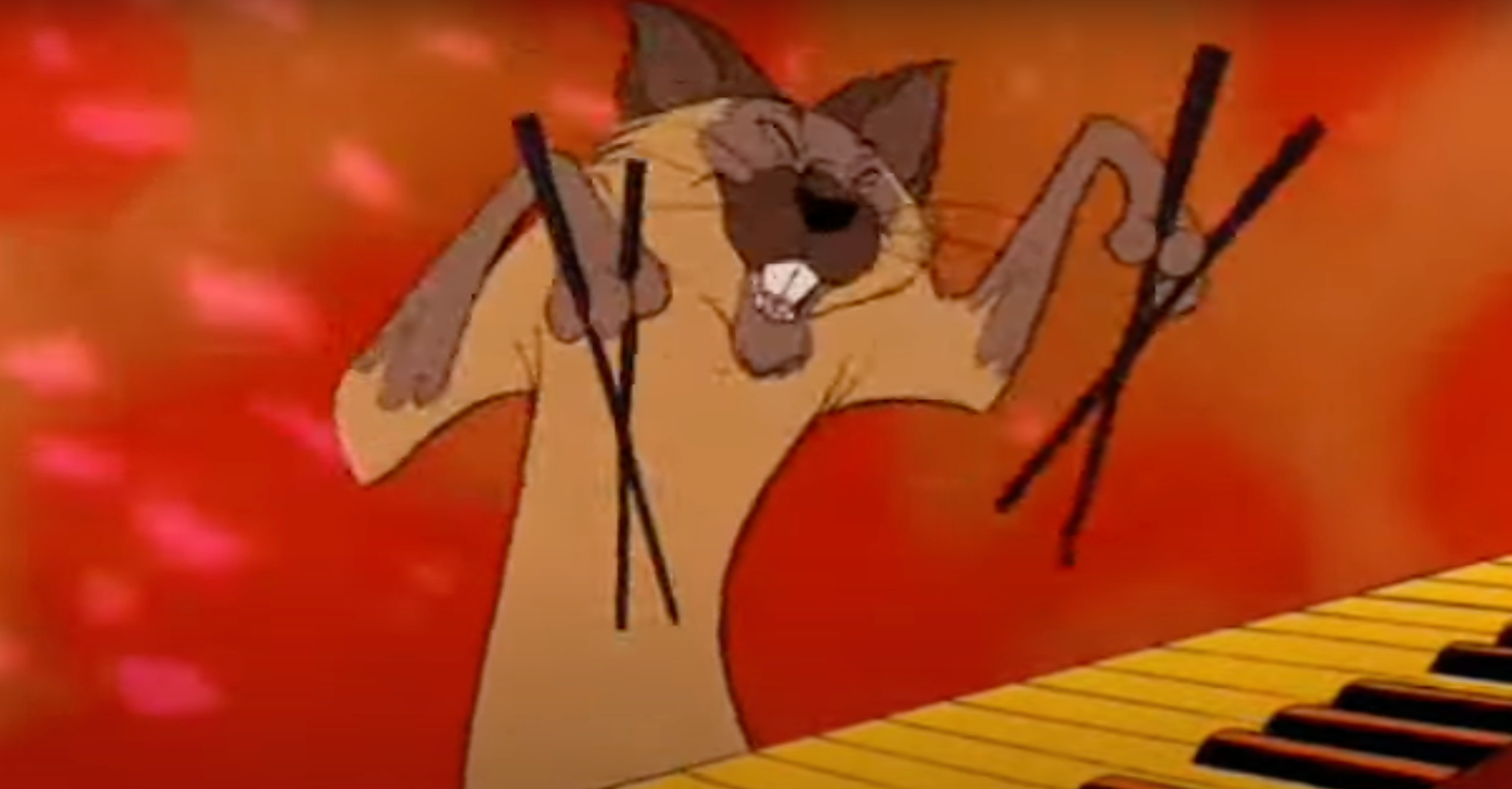
3. The Aristocats (1970)
As explored above, Disney has a long history of imbuing its characters with racial stereotypes, and even this seemingly innocent story about a bunch of cultured felines is guilty. The Aristocats has been lambasted for perpetuating Asian caricatures, most notably via a piano-playing Siamese cat who talks about Asian food in a caricature accent.
2. Peter Pan (1953)
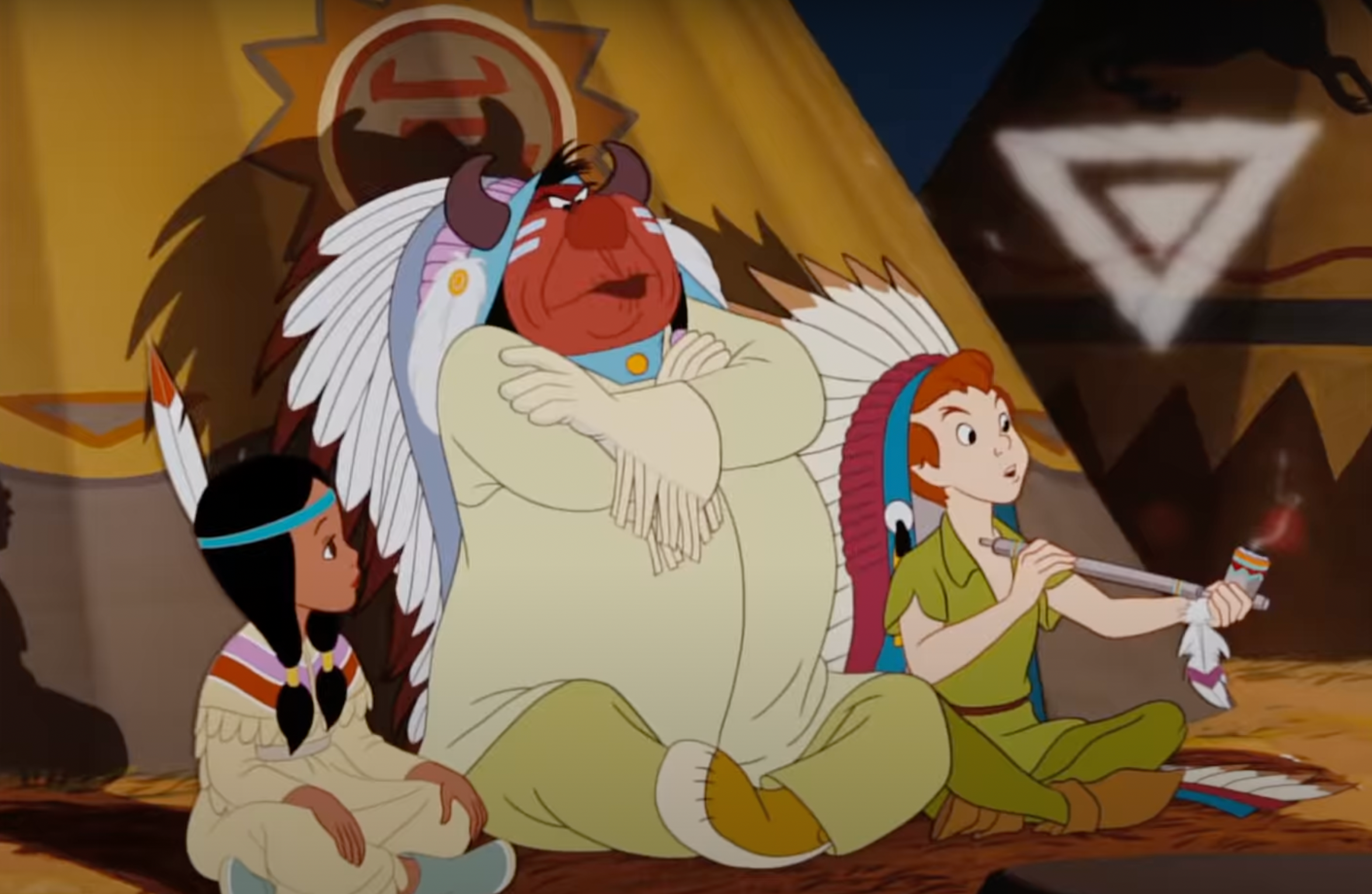
Some half century after Peter Pan’s release, it never gets easier to witness the musical number “What Makes the Red Man Red?”
As the movie’s titular character, Wendy and her brothers, and the Lost Boys visit with a tribe of Native Americans in Neverland, a few of the boys ask their hosts a few, well, utterly racist questions. (What makes the red man red? Why does he ask you ‘how’?) Their answer comes in the form of a stereotype-laden song and dance number reducing Indigenous language (of which there were once hundreds) to guttural nonsense. Meanwhile, the characters themselves are literally drawn with bright red skin and heavily exaggerated features.
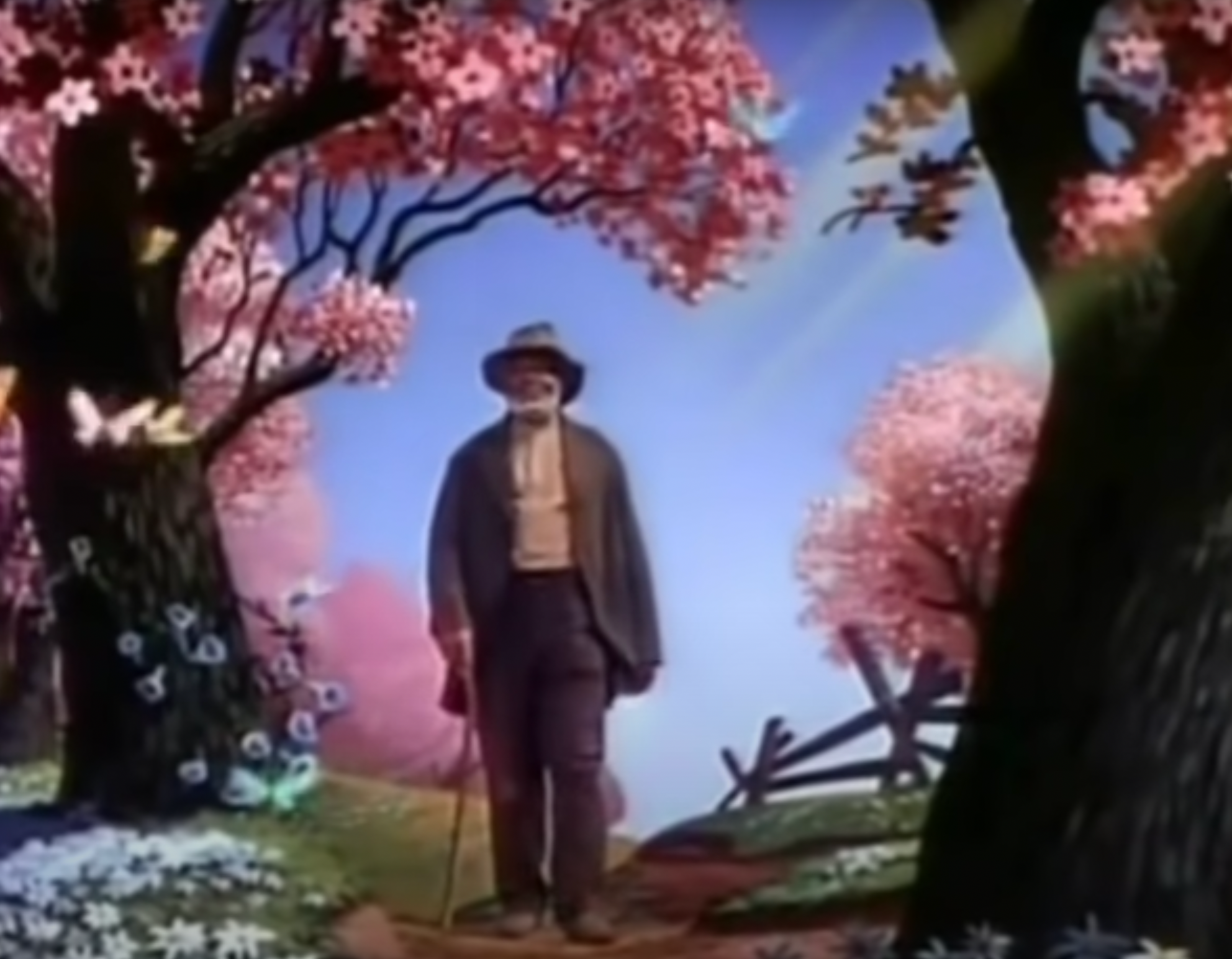
1. Song of the South (1946)
Described by cultural historian Jason Sperb as “one of Hollywood's most resiliently offensive racist texts”, Song of the South has so many issues, Disney has never released it on home video, and it is not available to stream on Disney+.
Set on a plantation in the Southern US during the Reconstruction Era, Song of the South is criticised for a lot of things: racist and offensive Black stereotypes and idealising plantation settings, among other things.
Even Disney's log flume ride Splash Mountain, which is based on the film's animated sequences, got a new theme recently, due to the ongoing backlash. As of June 2020, US versions of the ride are based on The Princess and the Frog.
Join our commenting forum
Join thought-provoking conversations, follow other Independent readers and see their replies
Comments
Bookmark popover
Removed from bookmarks